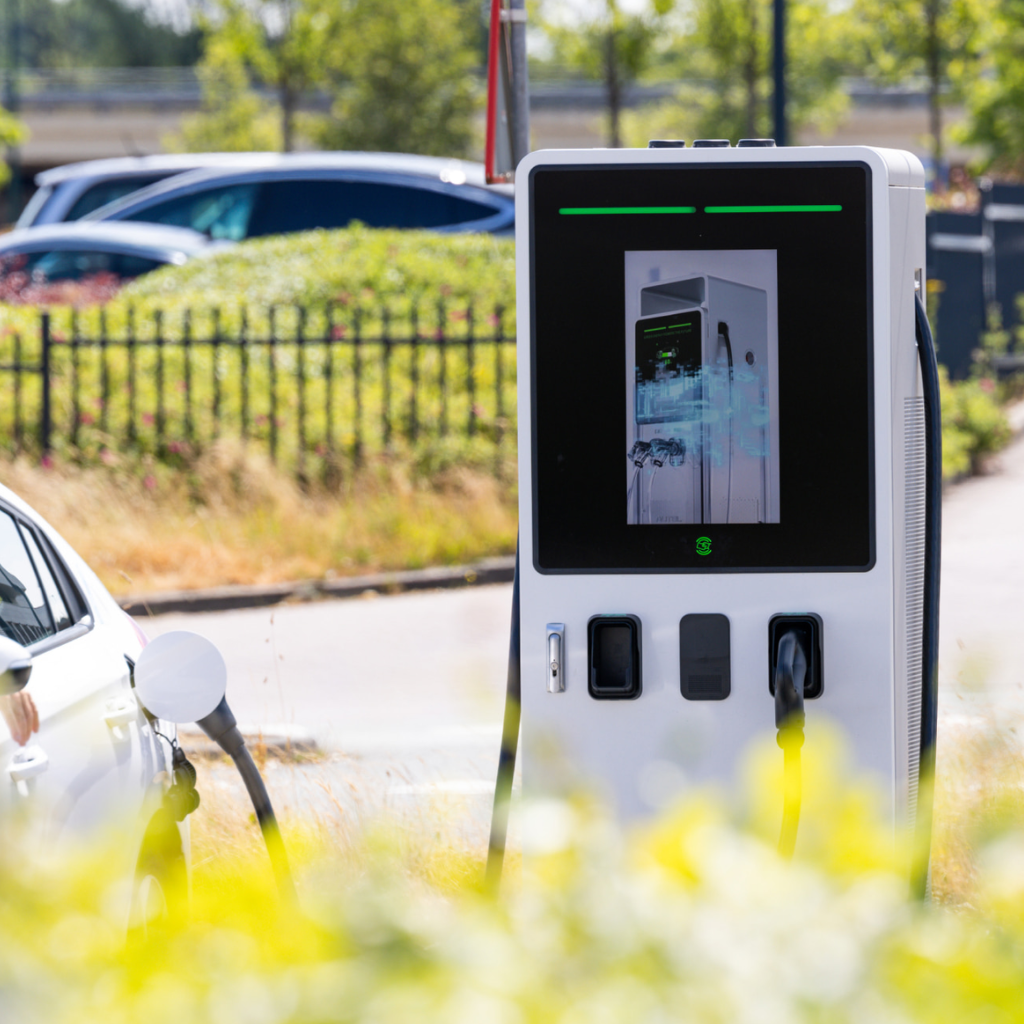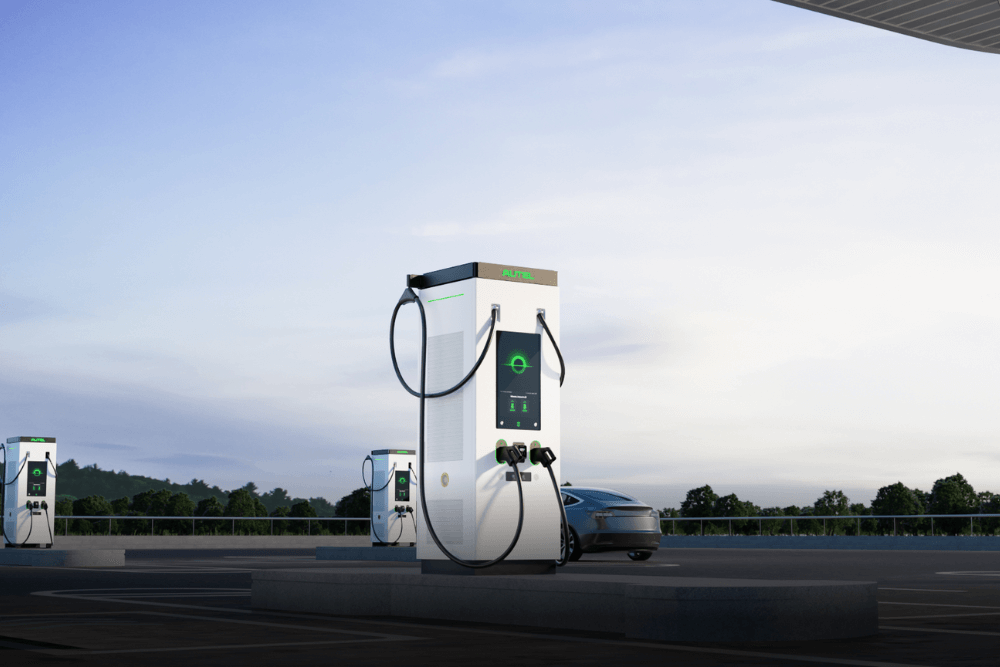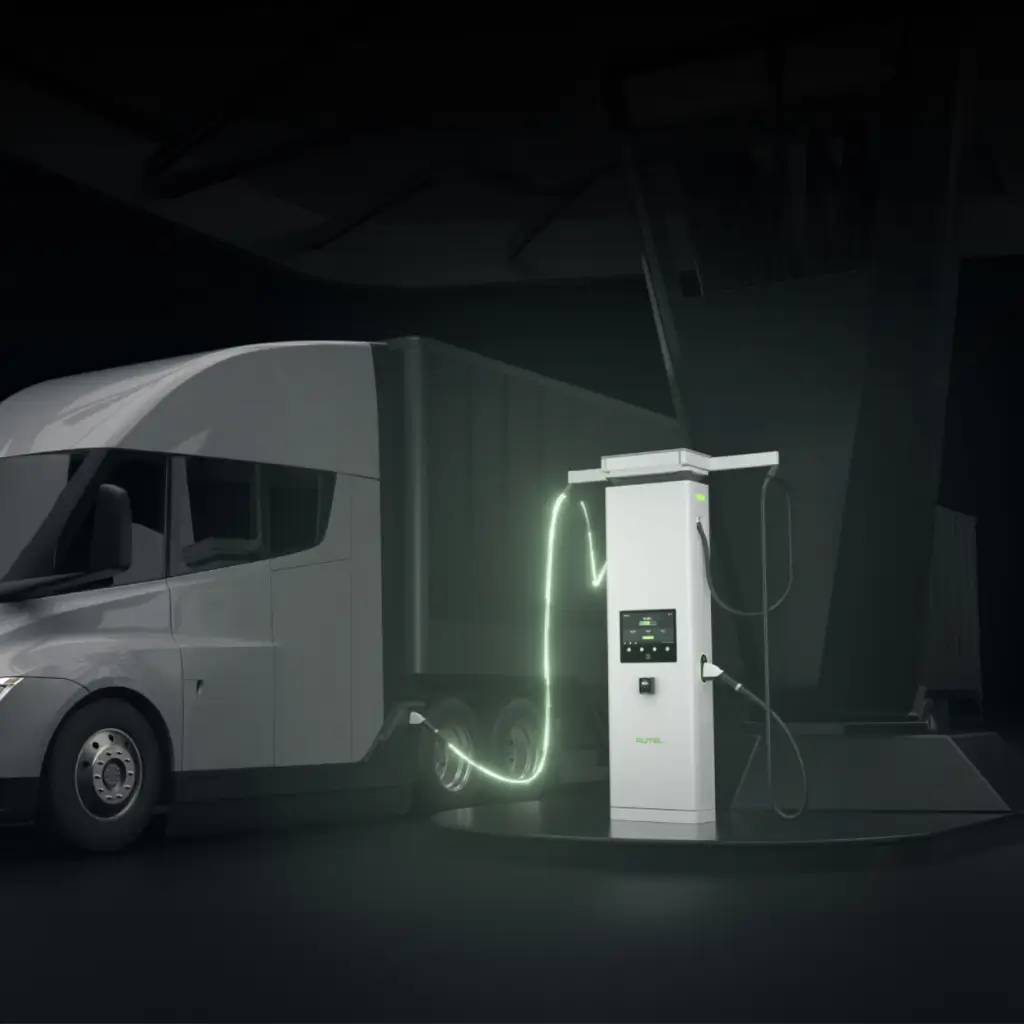
- MaxiCharger DH480
- MaxiCharger AC Pro
- MaxiCharger DC HiPower
- MaxiCharger DC Fast
- MaxiCharger DC Compact
- MaxiCharger AC Elite

- For CPOs
- For Fleets
- For Destination
- For Residential
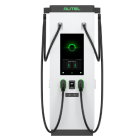 MaxiCharger DH480
MaxiCharger DH480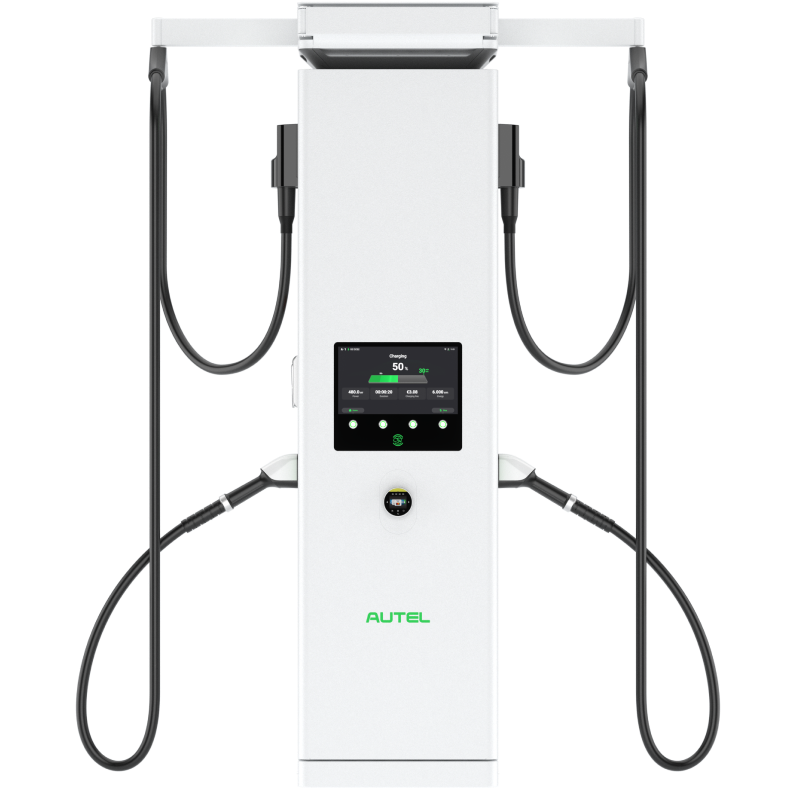 MaxiCharger DC HiPower
MaxiCharger DC HiPower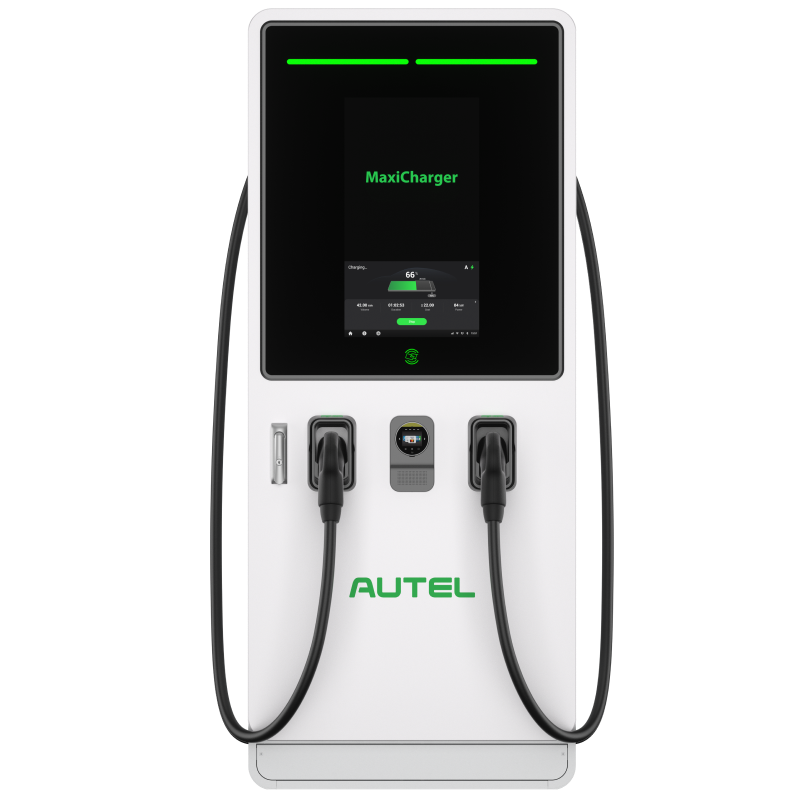 MaxiCharger DC Fast
MaxiCharger DC Fast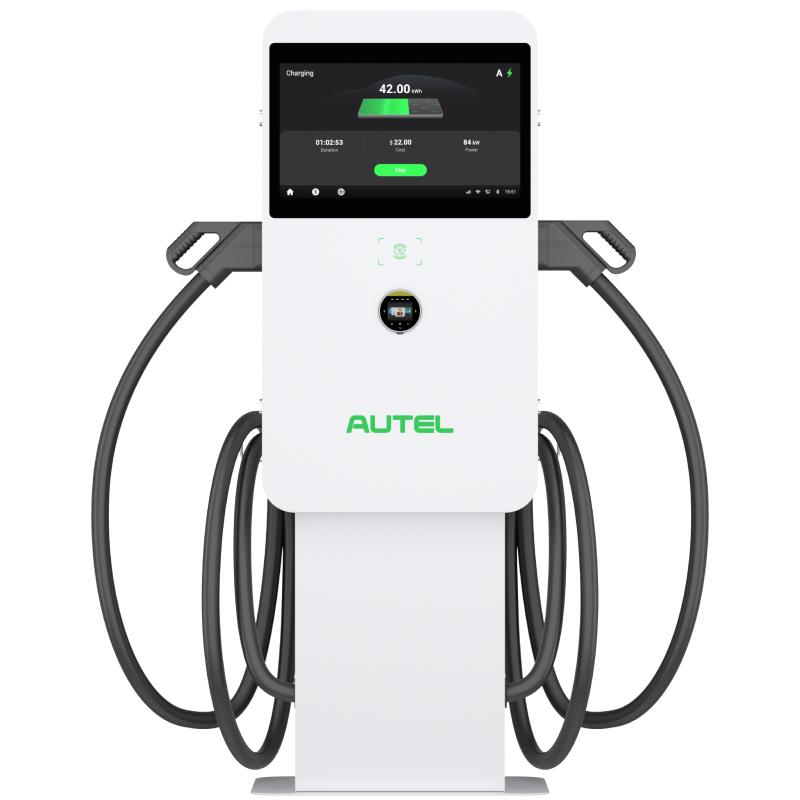 MaxiCharger DC Compact
MaxiCharger DC Compact
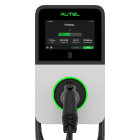 MaxiCharger AC Pro
MaxiCharger AC Pro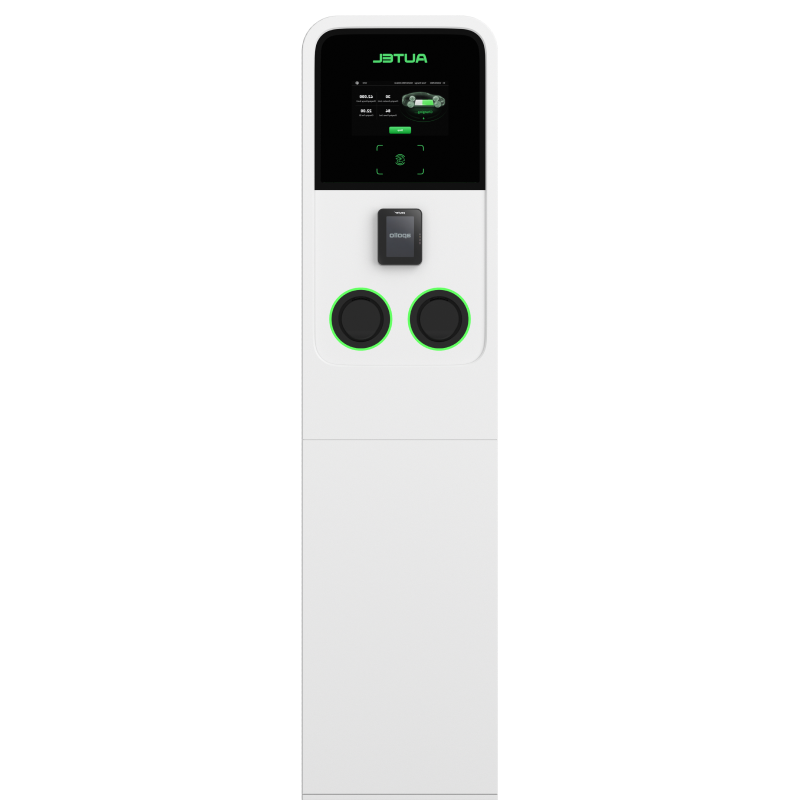 MaxiCharger AC Ultra
MaxiCharger AC Ultra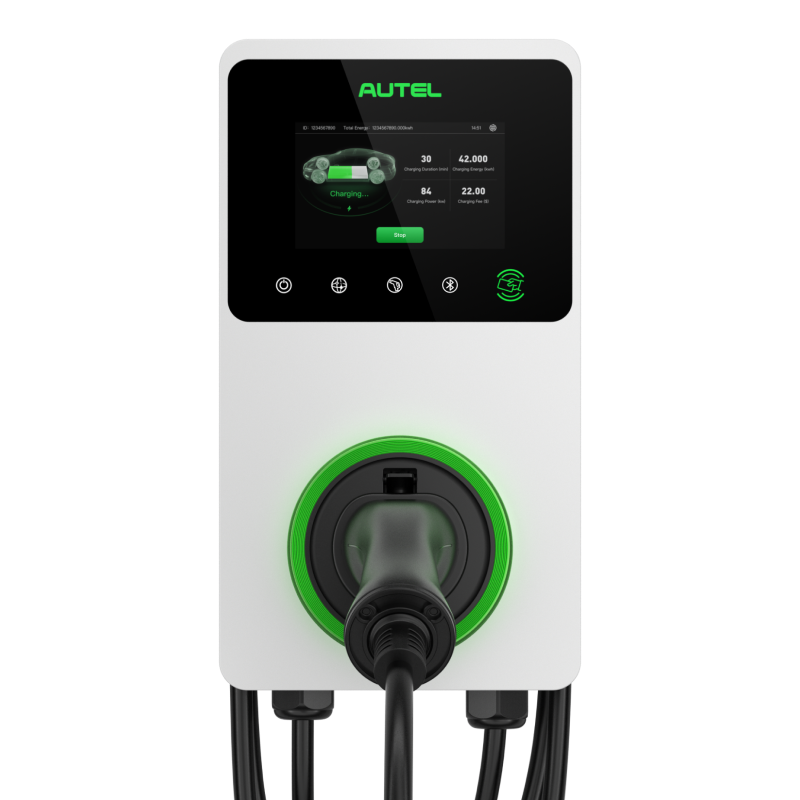 MaxiCharger AC Elite
MaxiCharger AC Elite
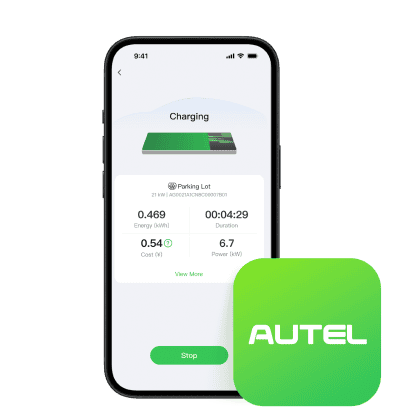 Software
Software
- Partner Introduction
- Become A Partner
- Event
- FAQ
- Blog
- About Autel
- Contact Us
- Sustainability
- Newsroom
- Brand Center
- Product Center
Fleet EV adoption and managing commercial EV charging
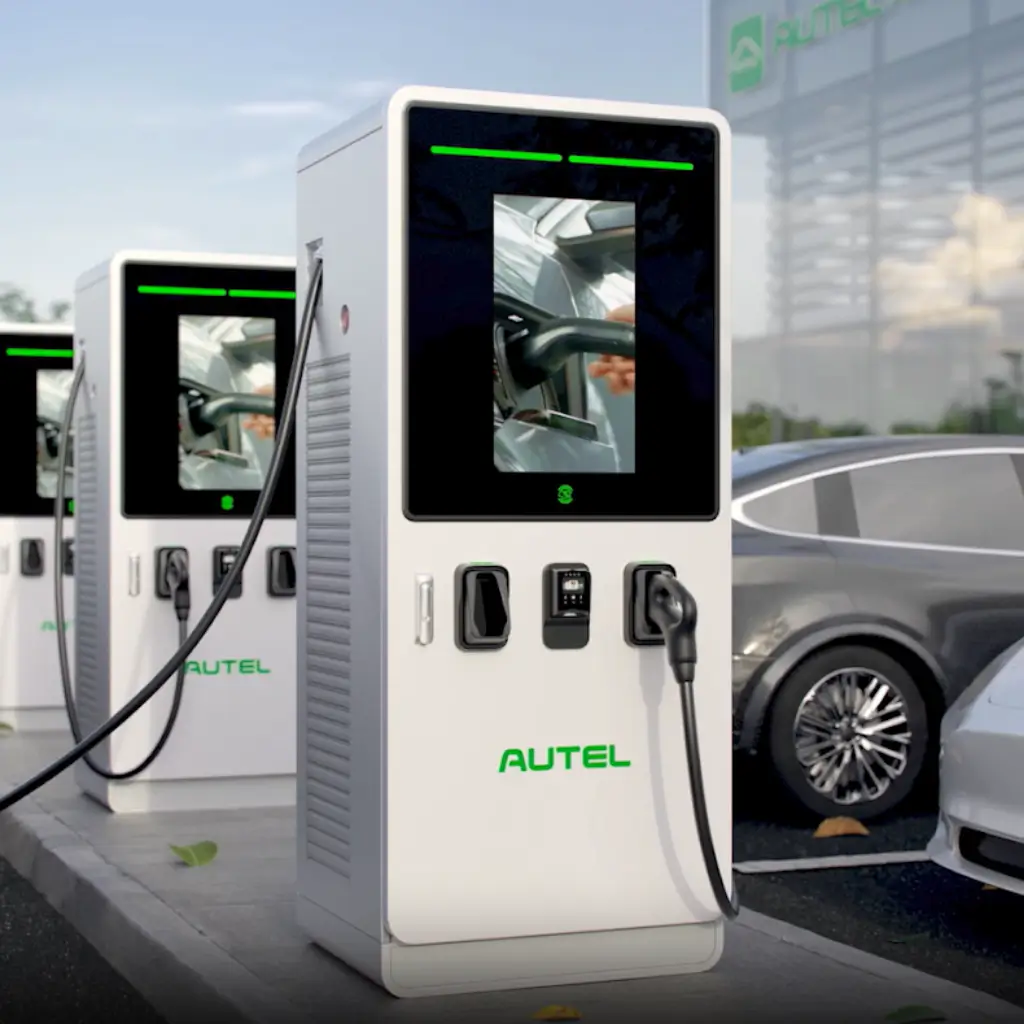
As sustainability will become a worldwide priority, electric powered cars (EVs) are hastily reworking transportation. However, transitioning from conventional inner combustion engine (ICE) cars to electric powered fleets affords numerous challenges. Chief amongst them is the complexity of handling industrial EV charging infrastructure. This article explores the not unusual place hurdles of fleet electrification, techniques to conquer them, and the way superior answers including the Autel DC Fast Charger can assist streamline your transition.
Challenges in Fleet EV Adoption
High Initial Investment
The premature fee of electric cars and charging infrastructure is certainly considered one among the most important obstacles for fleet managers. Compared to ICE cars, EVs generally include better sticky label prices. Additionally, putting in industrial-grade chargers provides the capital burden.
However, comparing long-time period benefits — including decreased gasoline expenses, decrease renovation, and to have authorities incentives — well-known shows that the Total Cost of Ownership (TCO) may be substantially decreased than it seems at the beginning glance. A data-pushed method is fundamental to creating knowledgeable choices.
Charging Infrastructure Complexity
Unlike refueling with fuel or diesel, EV charging calls for cautious planning. Charging an unmarried EV can take hours, and scaling that throughout a fleet needs strategic infrastructure design.
Fleet operators have to consider:
- Optimal charger placement throughout depots or course stops
- Charger types (Level 2 for slower, in a single day charging vs. DC rapid charging for fast turnaround)
- Integration with present electric infrastructure
- Software systems for tracking utilization, strength demand, and overall performance
These choices immediately have an effect on reliability, fee-efficiency, and automobile uptime.
Range Anxiety and Operational Downtime
Range anxiety — the concern that an EV would possibly run out of rate earlier than accomplishing its destination — impacts each driver and manager. For fleet operations, an undercharged automobile or a sudden course alternate can cause pricey delays or downtime.
Smart course planning, real-time automobile tracking, and excessive-powered chargers including the Autel DC Fast are important to decrease this chance and preserve productivity.
Managing Commercial EV Charging
As extra organizations undertake EVs, handling charging operations will become essential. Unlike conventional fueling stations, EV charging infrastructure calls for widespread planning, capital funding, and ongoing renovation to make certain overall performance and reliability.
Optimizing Charging for Cost Savings
Electricity expenses range relying on time of day, region, and application provider. Without right control, charging at some point of top hours can force up strength payments substantially.
Smart charging structures assist:
- Schedule charging at some point of off-top hours
- Balance masses to keep away from overloading the grid
- Track strength utilization and fee developments
These gear permit fleet operators to lessen strength expenses and grow operational efficiency.
Maintenance and Reliability of Charging Stations
Commercial chargers are challenged to non-stop use, which can cause wear, malfunction, or downtime if now no longer well maintained. Equipment reliability is non-negotiable in fleet operations.
The Autel DC Fast Charger addresses those issues with:
- Robust hardware constructed for heavy‑responsibility use
Designed for rigorous industrial environments—fuel line stations, EV dealerships, and fleet depots—making sure long-time period reliability.
- Remote diagnostics and cloud‑primarily based totally tracking
Enables proactive renovation and real-time station fitness insights, minimizing downtime and provider interruptions.
- Broad compatibility with EV models
Engineered to serve any EV way to general connectors and shrewd charging protocols.
- Flexible strength output from 60 kW to 240 kW
Supports various fleet needs—light-responsibility cars can rate in a single day at decrease rates, at the same time as medium and heavy-responsibility fleets gain from excessive‑strength classes for fast turnaround.
This mixture of durability, clever control, general compatibility, and scalable strength makes the Autel DC Fast Charger an effective preference for excessive‑demand, mission-essential fleet operations.
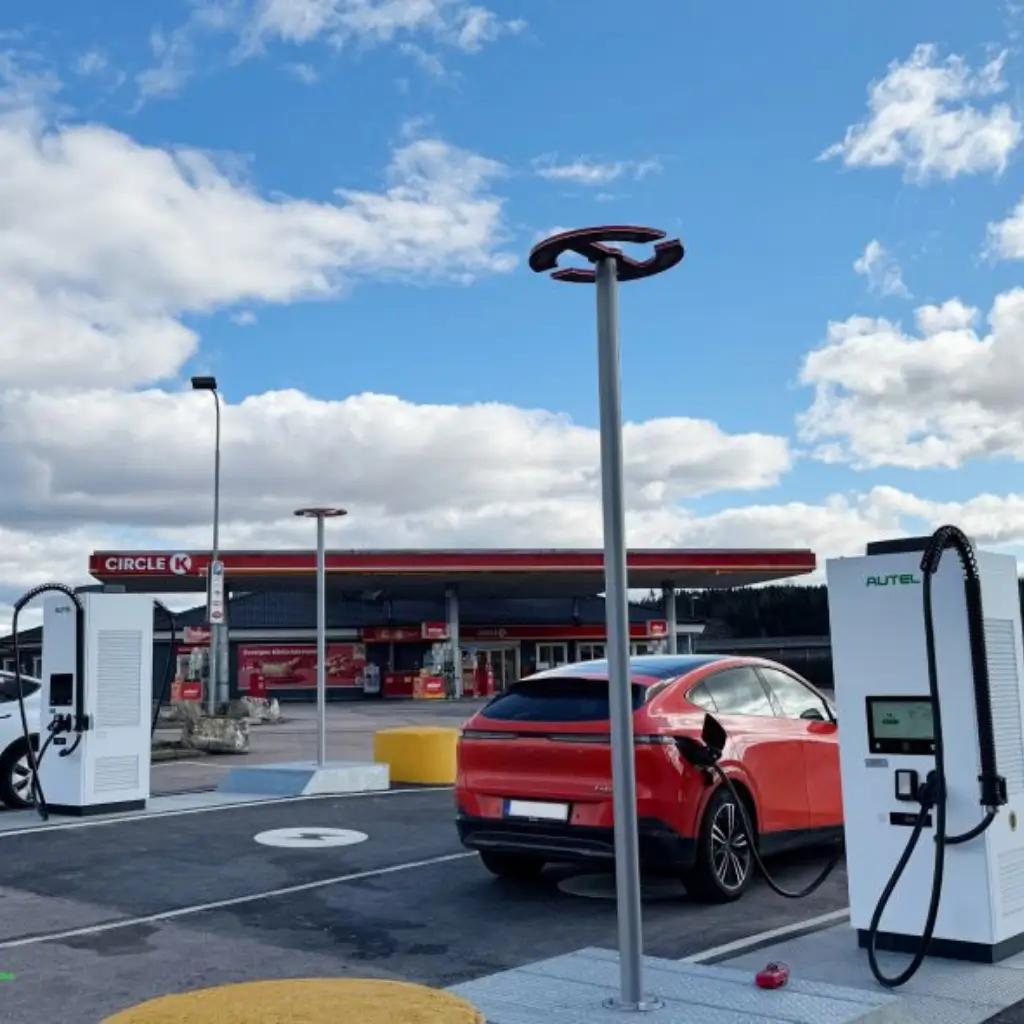
Common Questions About Fleet EV Adoption
How Can Businesses Finance EVs and Charging Infrastructure?
Governments provide numerous applications to ease the fee of fleet electrification, including:
- Grants, tax credits, and rebates
- Incentives through European initiatives such as the EU Clean Mobility Package, the CIVITAS Initiative, and national subsidy programs
- Power Purchase Agreements (PPAs) that permit organizations to set up charging stations without massive premature investments
These gear can assist lessen economic obstacles and boost up adoption.
How to Calculate ROI for Fleet Electrification?
Key metrics for calculating go back on funding include:
- Fuel fee financial savings over time
- Lower renovation expenses
- Incentives and tax benefits
- Improved automobile lifespan
- Positive environmental and emblem impact
Combining those metrics right into a TCO version offers a practical photograph of value.
What Type of Charging Equipment Is Right for My Fleet?
The perfect charger relies upon in your fleet's size, automobile types, and operational needs:
- Level 2 chargers are appropriate for light-responsibility cars and in a single day charging
- DC rapid chargers, the Autel DC Fast, are higher for medium to heavy-responsibility fleets requiring fast charging and excessive utilization
Best Practices for Fleet EV Adoption
Create a Phased Transition Plan
Start small with a pilot application to check cars, routes, and charging options. A a success transition plan includes:
- Matching EVs to their maximum suitable use cases
- Planning charger placement and strength requirements
- Assessing application potential and infrastructure needs
- Providing schooling for drivers and renovation teams
Use Data and Analytics to Drive Performance
Real-time analytics is essential for scaling electric powered fleets. Data allows track:
- Charging behaviors
- Vehicle overall performance and battery fitness
- Route efficiency
- Cost developments and strength consumption
Implementing fleet control software programs or included EV charging systems allows smarter decision-making, proactive renovation, and better operational visibility.
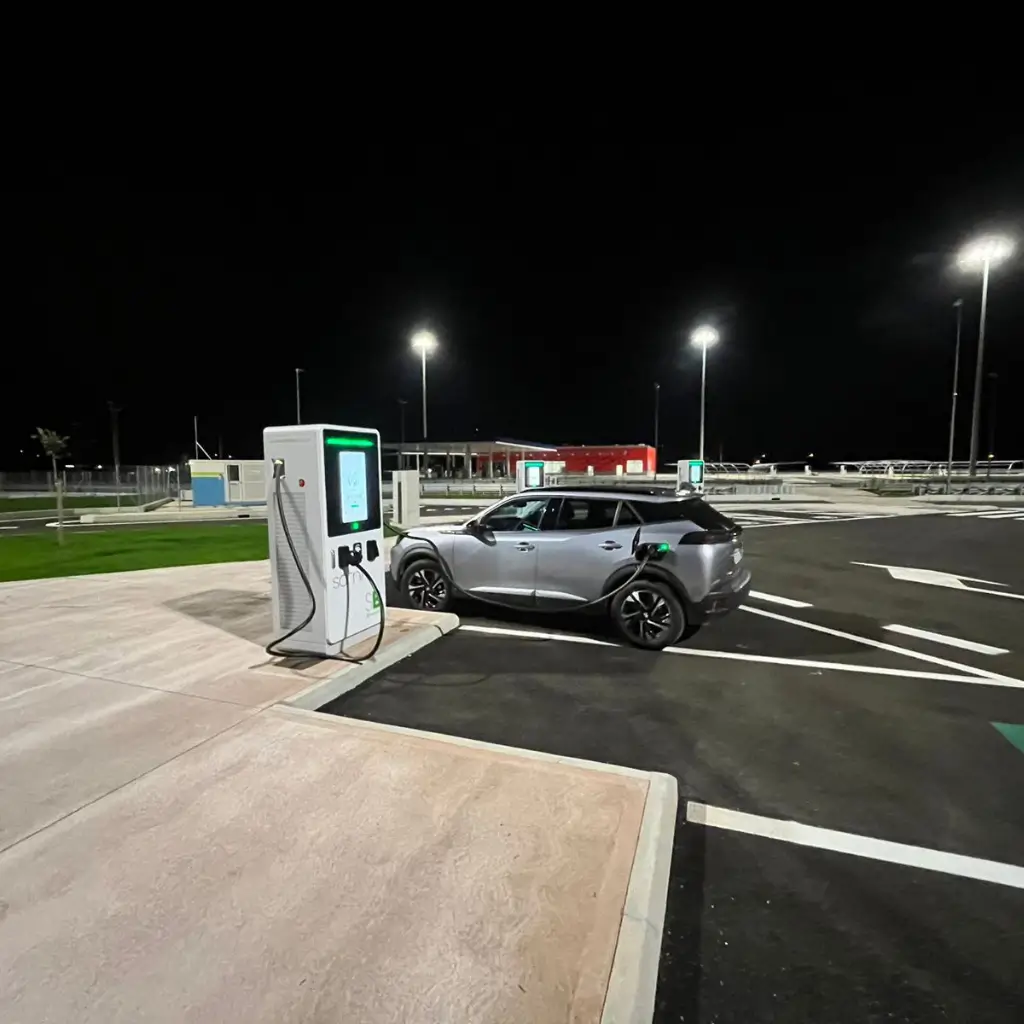
Conclusion
Fleet electrification is not optional — it is an important step closer to sustainable, fee-green operations. While the transition can give challenges, groups that spend money on clever planning, dependable infrastructure, and superior answers including the Autel DC Fast Charger may be satisfactory places for long-time period success.
With the proper approach and gear, your enterprise can lessen expenses, meet sustainability goals, and lead the manner withinside the destiny of transportation.
